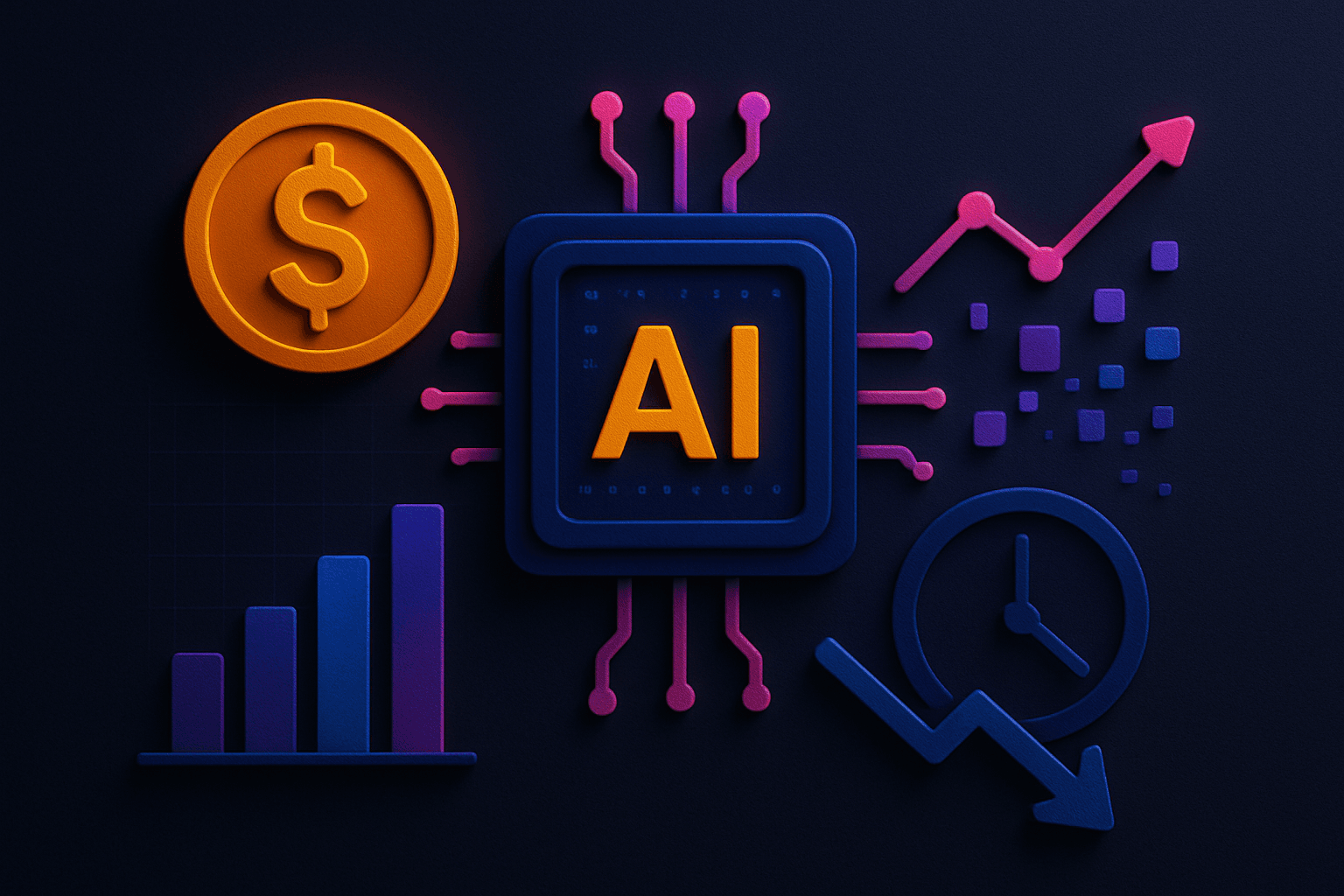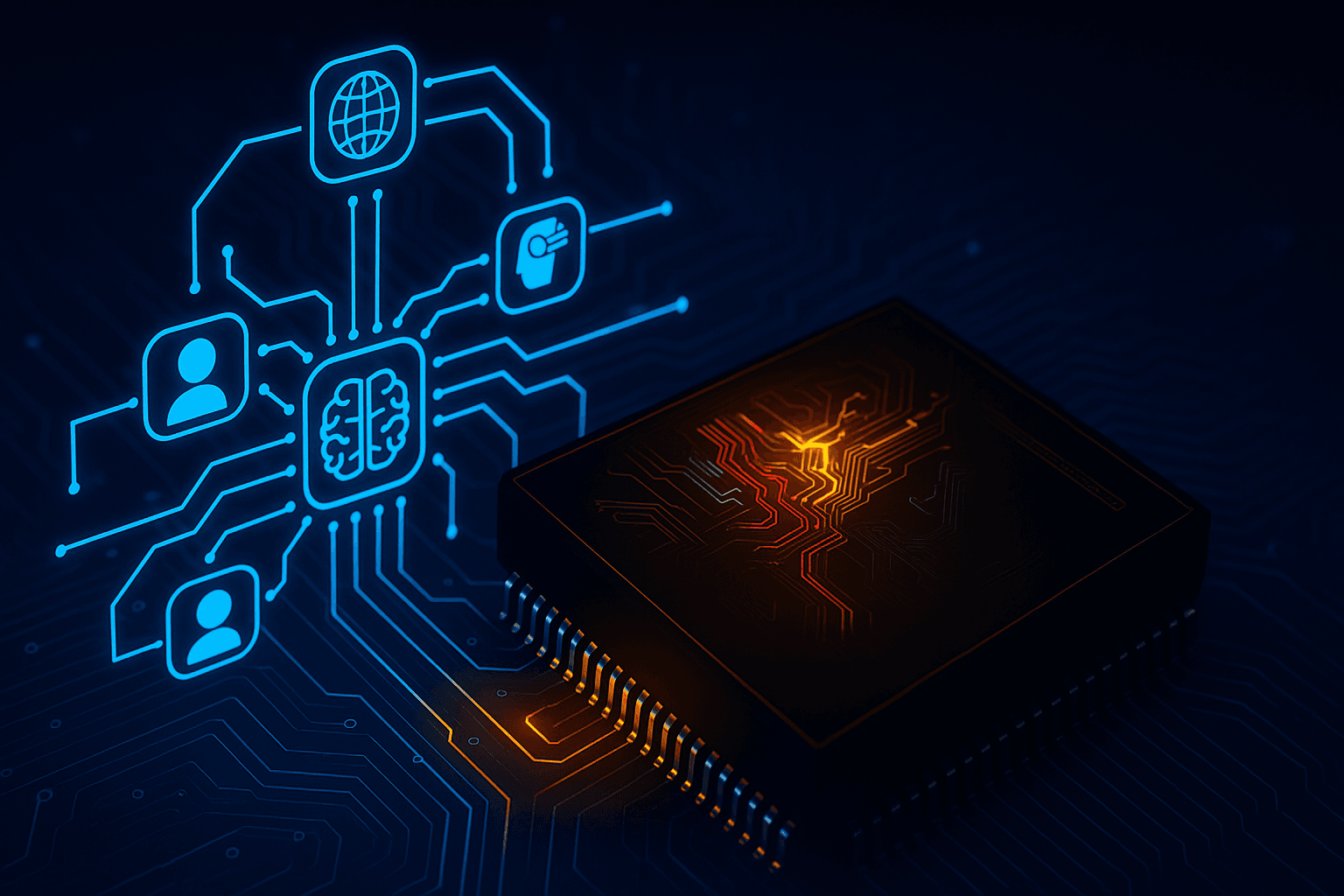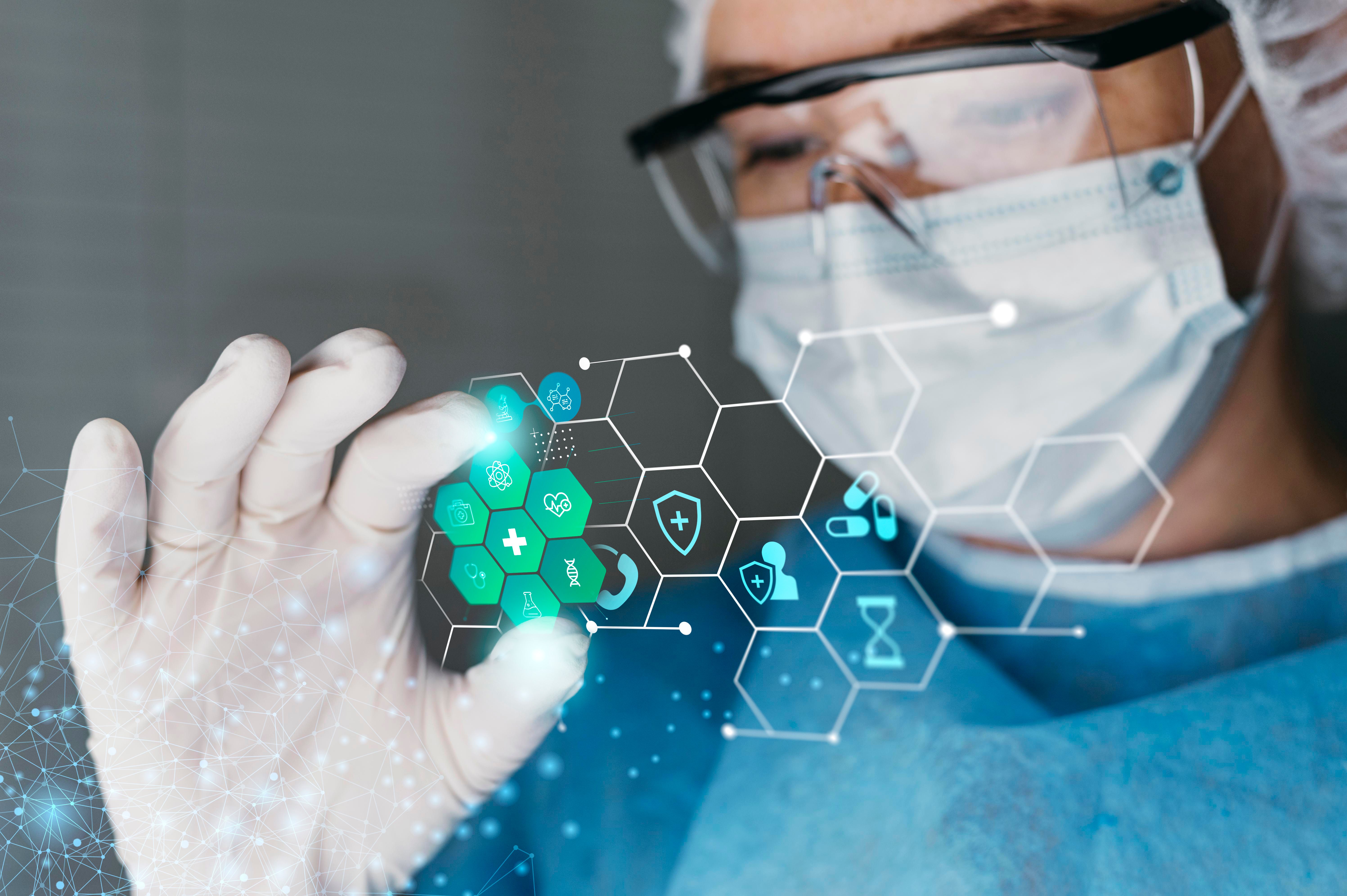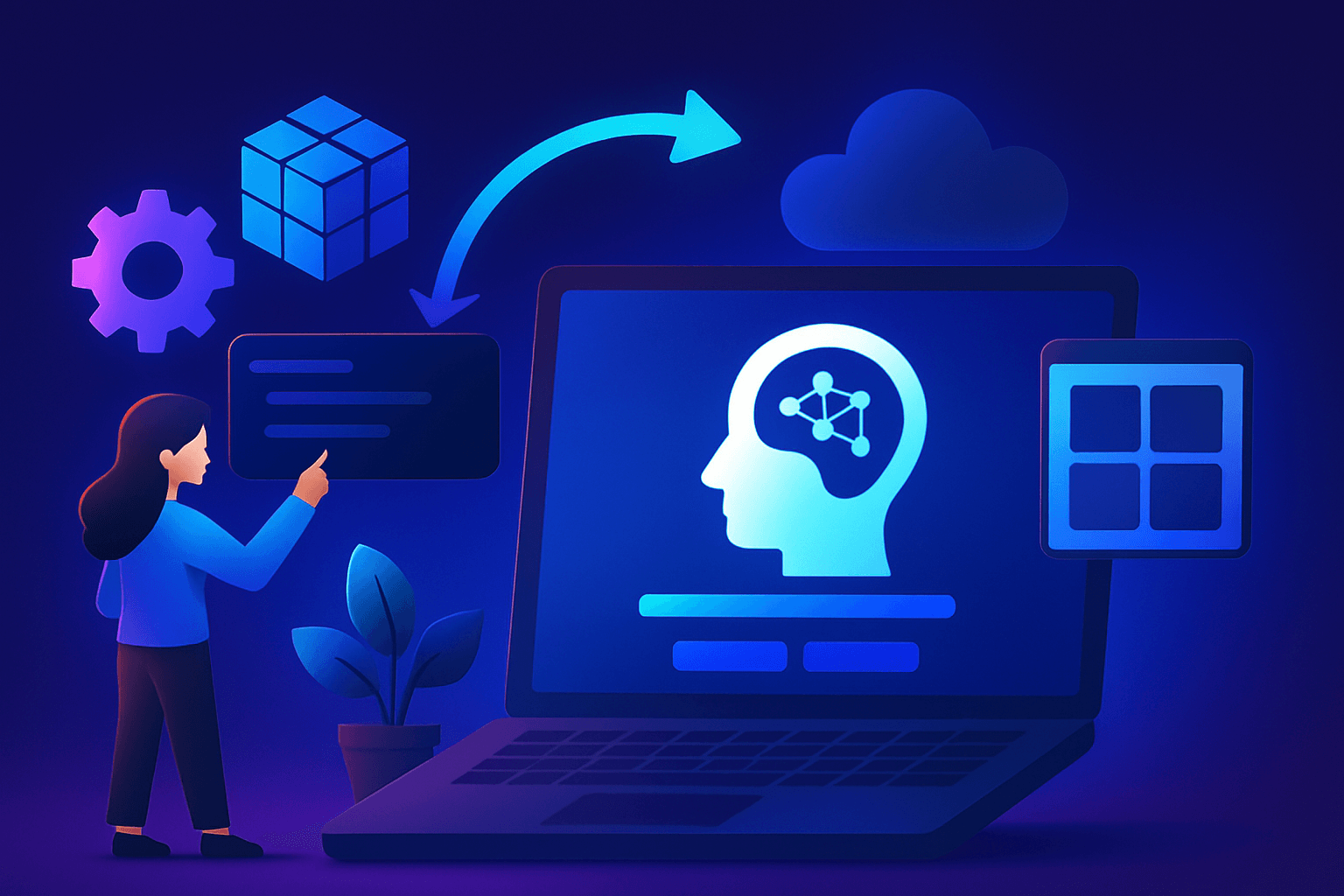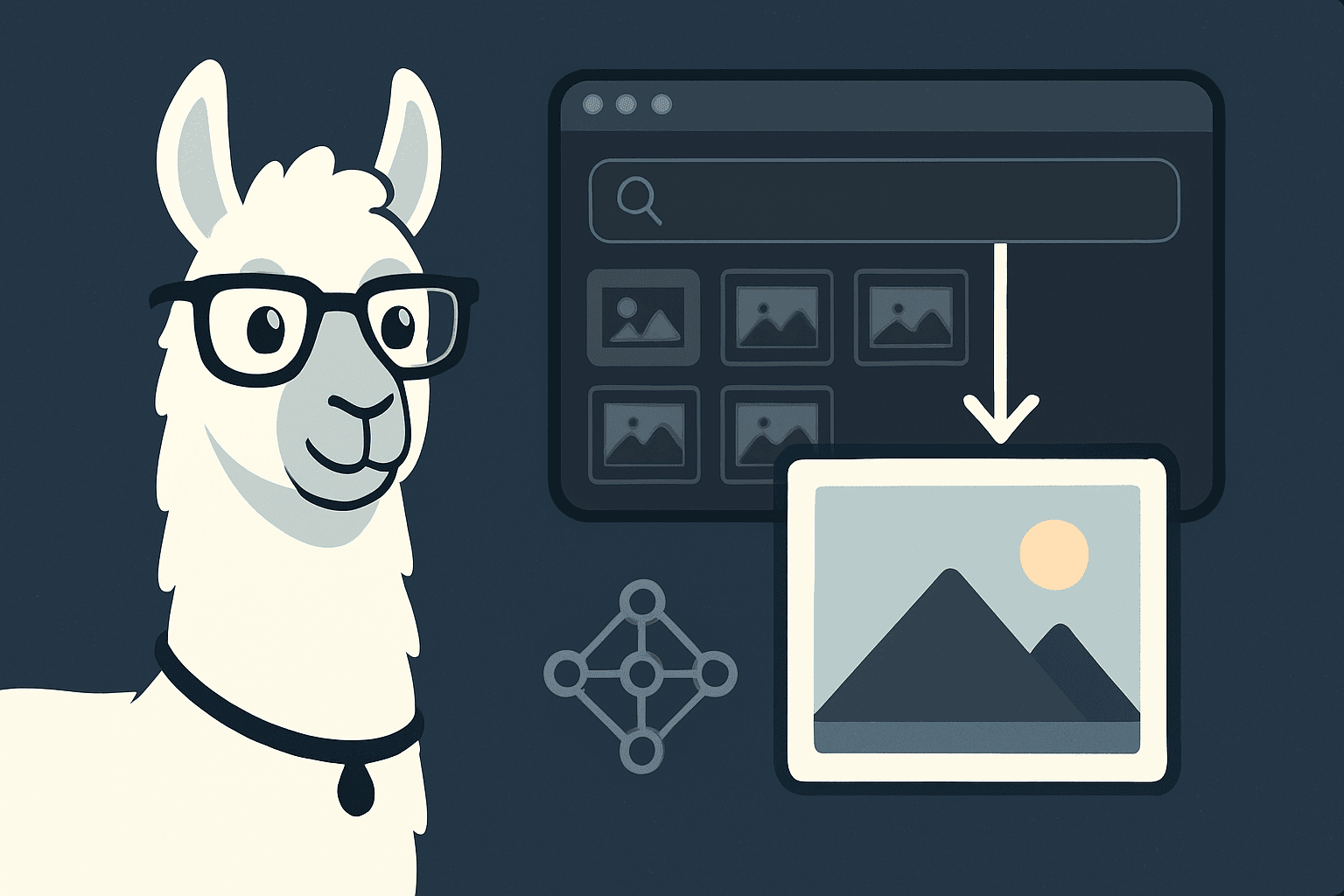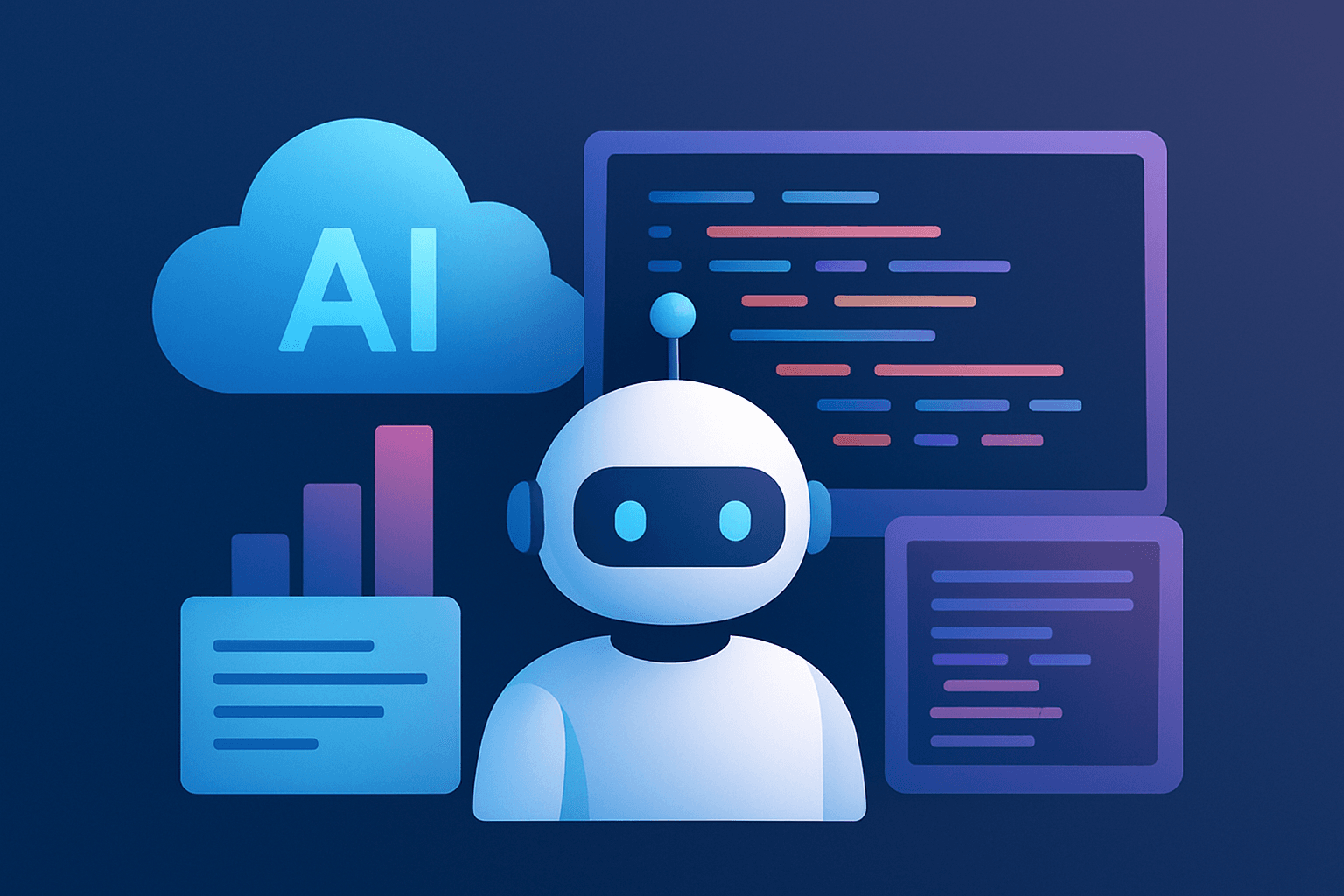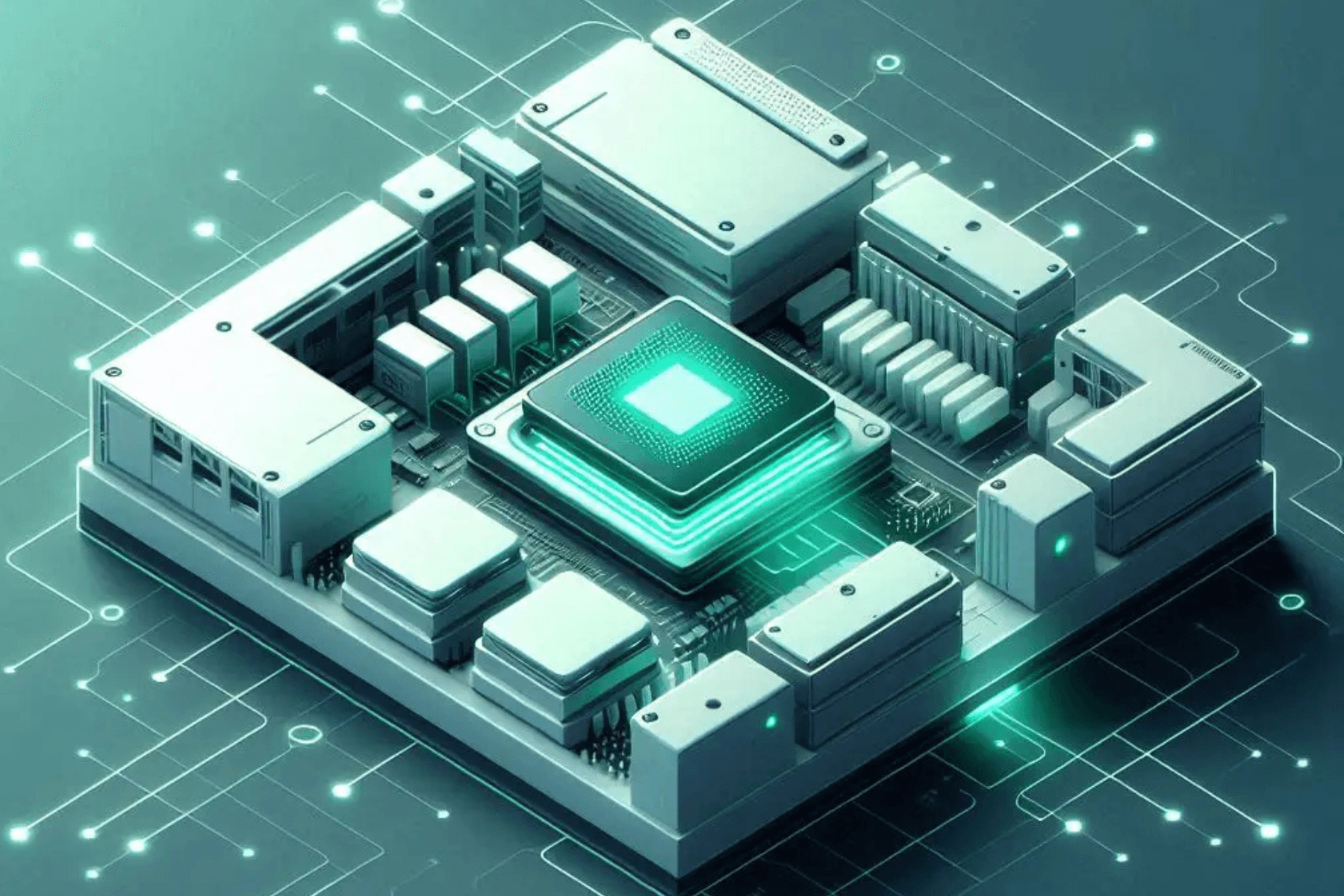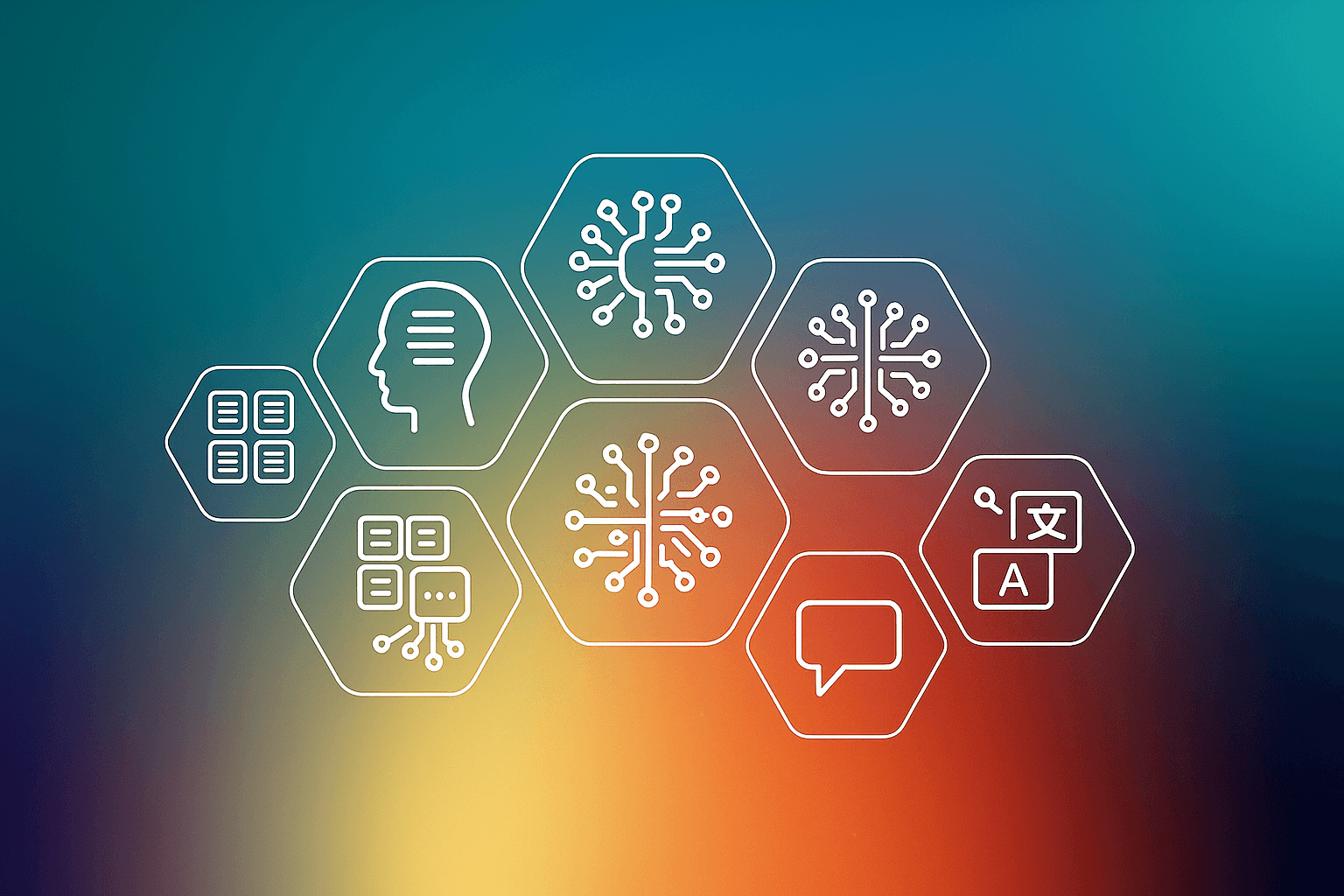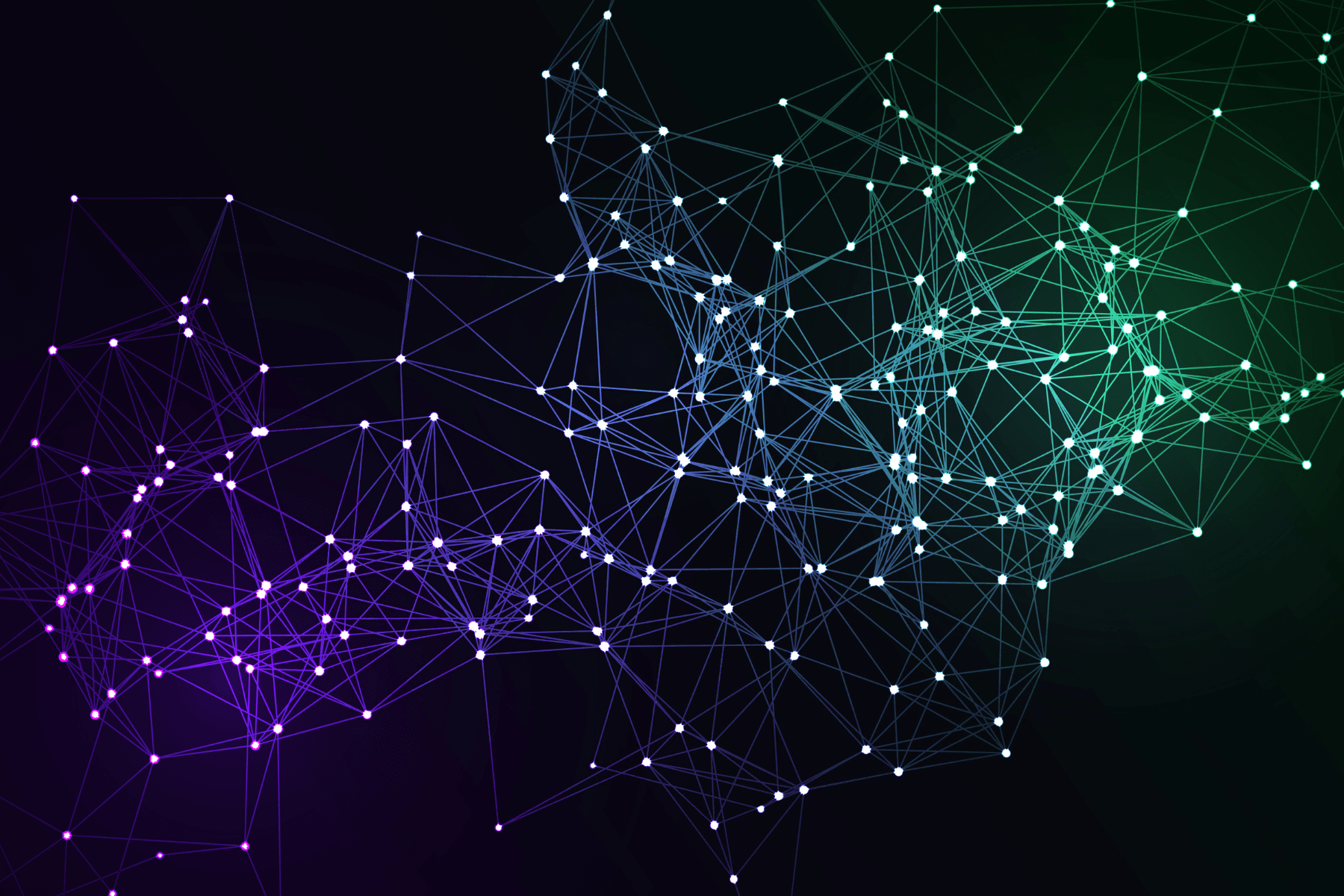Introduction
There are various questions that come to one’s mind when we think of object tracking. Is it object detection in a video stream? Or, is it a completely new algorithm in itself? If it is different, then how so? What are its benefits and applications? We will address all of these questions in this article.
One of the major applications of object tracking is used in self-driving cars. Apart from being equipped with various sensors, they have cameras fitted into them, which continuously stream and help the AI algorithms manipulate the vehicle. Object tracking is one of the AI algorithms used here. It is very crucial in autonomous vehicles because, if tampered with, it might cause fatal accidents.
What Is Object Tracking?
Object tracking in computer vision uses deep learning algorithms that track the trajectory of unique objects in videos, visuals, images, and object-tracking cameras.

History of Object Tracking

Difference Between Object ‘Detection’ and Object ‘Tracking’
It is a popular misconception that object tracking is object detection in video streams. It is not so. They differ because, in object detection the convolutional neural networks or deep learning algorithms try to identify if the object is present in the image or video. But, object tracking is more focused on identifying unique objects. For instance, in the image below, object detection tries to identify the objects present, but it does not identify them distinctly.

Object tracking, on the other hand, is capable of identifying unique objects. For instance, in the below video, the object tracking algorithm identifies objects as distinct from one another.

Different Types of Object Tracking
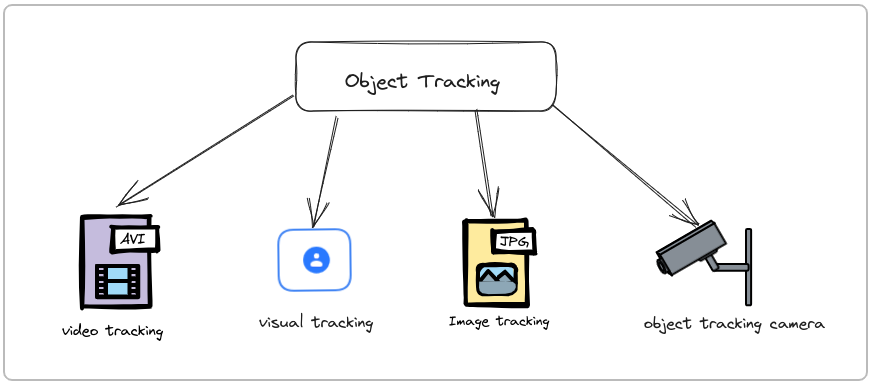
Video Tracking
Video tracking comes under object tracking when there is a stream of video, be it live or recorded. It tracks the motion of unique objects in the video and reports the position of that object at any given point in time. Video tracking is mostly used in traffic and CCTV surveillance.
Visual Tracking
Visual tracking in computer vision determines or predicts where the object under consideration, i.e., the object being tracked, would be present during the next time stamp. You must have seen the popular American TV series, ‘Devs’, where one of the central characters correctly predicts the motion of a microbe using AI algorithms.
Image Tracking
Image tracking enables virtual reality apps to find images and superimpose digital content onto them.
Object Tracking Camera
When a camera is used for object tracking, both in the case of images and videos, it is called an object tracking camera.
Various Levels of Object Tracking
There are two levels of Object Tracking:
- Single Object Tracking
- Multi-Object Tracking
Single Object Tracking
In this type of tracking, a single unique object is labelled and trained to be tracked.

Multi-Object Tracking (MOT)

Multi-Object Tracking differs from Single Object Tracking in the sense that it can track multiple objects in any particular frame.
Object Tracking Algorithms
The latest state-of-the-art object-tracking algorithms are listed below:
- MDNet
- GOTURN
- ROLO – Recurrent YOLO
- DeepSORT
- SiamMask
- JDE (Joint Detection and Embedding)
- Tracktor++
MDNet
In this, pre-trained Convolutional Neural Networks on classification dataset is used. Multi-Domain Networks (MDNet) learn a shared representation of target objects using CNNs.

GOTURN
GOTURN stands for Generic Object Tracking Using Regression Networks. In this, the neural network for tracking is trained in an entirely offline environment. During testing, the weights are frozen – which ensures that there is no loss of data and the model remembers the trained labels. This makes it fast, robust, and accurate.

ROLO - Recurrent YOLO
YOLO or You Only Look Once is an object detection, classification, and segmentation framework. It collects rich and robust visual features as well as initial location inferences. Then LSTM or Long Short Term Memory is introduced in the next stage, which makes it recurrent.

DeepSORT
It is the most widely used framework for tracking. It is basically the deep learning extension of Simple Realtime Tracker. It uses Kalman filters. The core idea of a Kalman filter is to use the available detections alongside previous predictions to arrive at the best guess of the current state while keeping the possibility of errors in the process.

SiamMask
It is a powerful framework that performs both visual object tracking and video object segmentation in real time.

Joint Detection and Embedding (JDE)
JDE is a fast, high-performance multiple-object tracker that learns the object detection task and appearance embedding task simultaneously in a shared neural network.

Tracktor++
By using a combination of regression and classification, Tracktor++ uses detection algorithms to track objects.

Closing Thoughts
Object tracking algorithms are still under research in computer vision and deep learning – and will revolutionize how machines interact with the environment. For instance, a robot serving dishes at a restaurant might be using algorithms to track objects. These algorithms can reduce manual labor drastically.
This article offered a quick walkthrough of the object tracking algorithm. We invite you to try implementing it on E2E Networks.
References
1. ‘MOT16: A Benchmark for Multi-Object Tracking’. By Anton Mila , Laura Leal-Taixe, Ian Reid, Stefan Roth, and Konrad Schindler.
2. ‘Learning Multi-Domain Convolutional Neural Networks for Visual Tracking’. By Hyeonseob Nam and Bohyung Han.
3. ‘Learning to Track at 100 FPS with Deep Regression Networks’. By David Held, Sebastian Thrun and Silvio Savarese.
4. ‘Spatially Supervised Recurrent Convolutional Neural Networks for Visual Object Tracking.’ By Guanghan Ning, Zhi Zhang, Chen Huang, et al.
5. ‘Simple Online and Realtime Tracking With a Deep Association Metric’. By Nicolai Wojke, Alex Bewley and Dietrich Paulus.
6. ‘SiamMask: A Framework for Fast Online Object Tracking and Segmentation’. By Weiming Hu, Qiang Wang, Li Zhang et al.
